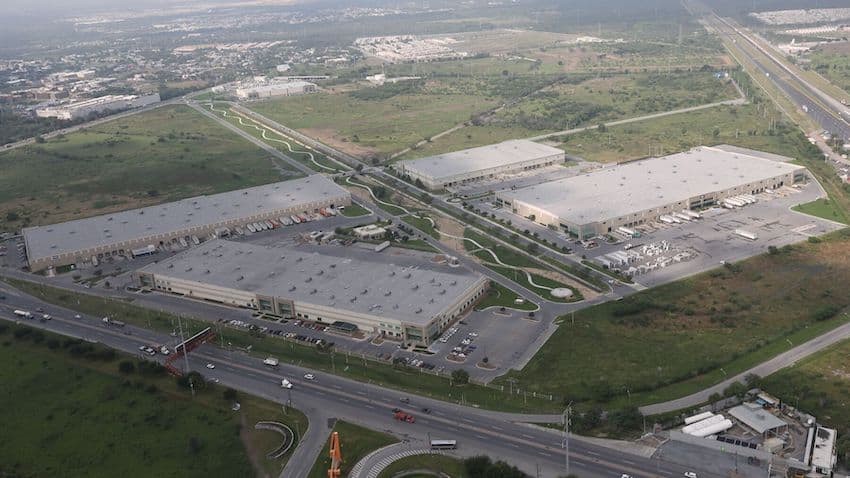Mexican real estate investment trust Fibra Prologis is planning to invest US $700 million this year in warehouses and parks, managing director Héctor Ibarzabal told Bloomberg in an interview.
Parent company Prologis Inc., which owns 43% of Fibra Prologis and is a leader in global logistics real estate, will spend an additional US $500 million on undeveloped land.

Prologis is Amazon, Inc.’s largest lessor worldwide.
“About 3% of global GDP happens in our warehouses,” said Ibarzabal. MercadoLibre and Walmart are also among its largest clients.
Fibra has seen 270% growth since its IPO in 2014, in comparison to a Mexican average of 53%. The company now has a valuation of US $4 billion.
After supply-chain disruption caused by the COVID-19 pandemic, many companies in the United States are shifting their business from China to Mexico.

“The entire Mexican border is experiencing unusual activity,” Ibarzabal said. “I have been in this business for 30 years and we have historic records of [rentals of new spaces].”
Prologis’ border markets in the northern cities of Reynosa, Ciudad Juárez and Tijuana are operating at almost full capacity, he added.
According to Mexico’s tax authority chief, Rogelio Ramírez de la O, investment from relocation companies has so far reached US $13 billion in 2023. Fifty-four percent of these companies are in the automotive sector, he said.
A study by Morgan Stanley showed that industrial real estate in Mexico is showing “strong momentum” amid a record-breaking decline in vacancy rates, which are now below 2%. The study cited Fibra Prologis as a standout example in the industry.
“We expect the momentum to continue,” the report stated. “We estimate that Mexico needs around 1.2 million square meters of new [industrial real estate] inventory over the next five years, an estimate that could easily be conservative, given the demand stemming from nearshoring.”
Ibarzabal said that companies are now aware of the value of being close to the United States.
“We are permanently [vulnerable] to a geopolitical conflict, to a meteorological issue, to another pandemic […] Mexico is where you can change global supply chains to regional chains.”
However, the country needs more infrastructure investment in order to meet the nearshoring demand. According to Ibarzabal, if it were not for the lack of energy supply in some Mexican states, the nearshoring boom could be three or four times larger than current figures.
“Electrical infrastructure is the Achilles’ heel,” he said. “Right now, there is no more energy to grow, and water is starting to be a significant issue.”
With reports from Bloomberg Línea and Milenio
